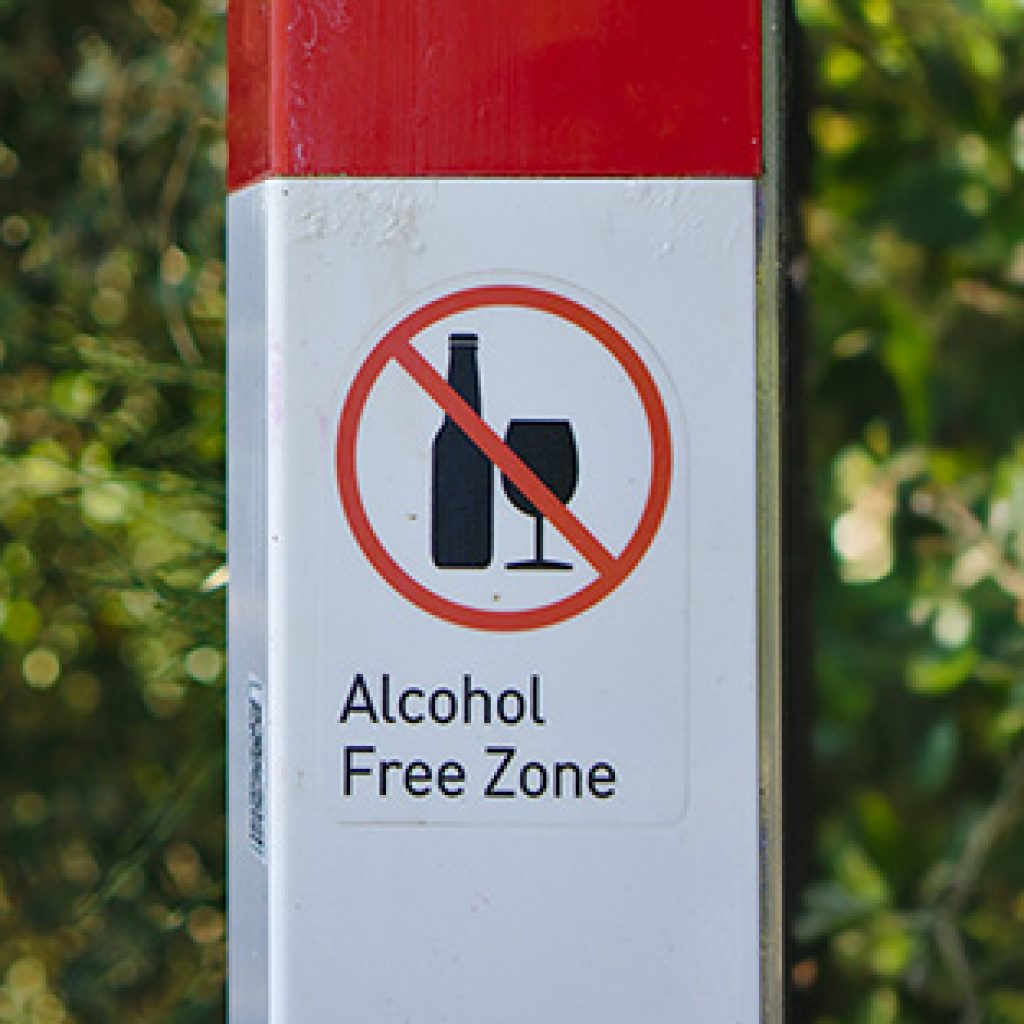A Blueprint for Action: Addressing the Social Determinants of Health - Highlights From the 2021 Southern Nevada Substance Misuse and Overdose Prevention Summit
A Blueprint for Action: Addressing the Social Determinants of Health – Highlights From the 2021 Southern Nevada Substance Misuse and Overdose Prevention Summit
Over one hundred participants attended the 2021 Southern Nevada Substance Misuse and Overdose Prevention Summit, held virtually on Tuesday, August 10, 2021, via the Whova event platform application. Sponsored by the Center For Behavioral Health; Elizabeth Fildes, EdD, RN, CNE, CARN-AP, PHNA-BC, of the International Nurses Society on Alcoholism (IntNSA); Nevada High Intensity Drug Trafficking Areas (HIDTA); Prevention, Advocacy, Choices, Teamwork (PACT) Coalition; and the Southern Nevada Health District (SNHD), the summit was available on laptops and smartphones for all registered participants. Not only could participants view the events, but they could view the event agenda and set up a personal schedule, access virtual sessions and ask questions, set up and attend in-person or virtual meet-ups with other attendees, converse through the Community Board, get notification of updates and last minute session changes, and download presentation documents and slides. Sessions were also recorded and can be viewed by registrants in the Whova application in case they missed a session.
Highlights
This year’s Summit sessions offered a variety of timely and pertinent topics, such as:
- Medication Assisted Treatment
- Mobile Outreach Vehicle Planning and Implementation
- Substance Use Morbidity and Mortality Data
- Health Equity and Anti-Racism Work
- Social Determinants of Health
- Perinatal Substance use Disorder
- Capacity Building in New Communities
Among the takeaways from the excellent presentations were some insights into underlying issues and how the topics impact Nevada and Nevadans. One particular presentation was The Social Determinants of Addiction: Why Racial Justice Matters for Addressing the Overdose Crisis, presented by Amanda Latimore, PhD, Director of the Center for Addiction Research and Effective Solutions (CARES, AIR), and Adjunct Assistant Professor at Johns Hopkins Bloomberg School of Public Health. The focus of the presentation was the disparity in impact of the overdose crisis for white, Black, and Hispanic populations.
Dr. Latimore presented data from the Kaiser Family Foundation (KFF) showing that the white overdose death rate in the U.S. decreased by just 2% between 2017 and 2019 at the same time that the Black overdose death rate increased by 22% and Hispanic overdose death rate increased by 29%. In Nevada, there was a 37% increase in unintentional drug overdose deaths from the first half of 2019 to the first half of 2020. According to the Nevada State Unintentional Drug Overdose Reporting System (SUDORS) Report of Deaths from January to June 2020 – Statewide, during that time period Nevada saw the following overdose death rates:
- A 181% increase in deaths for those aged 18-24
- A 221% increase in deaths for Hispanics
- A 50% increase in deaths in Northern Nevada
- A 221% increase in deaths from fentanyl
- A 100% increase in deaths due to benzodiazepines
- A 122% increase in deaths attributable to both opioids and benzodiazepines
Important to note is the fact that these data do not reflect the non-opioids and the polysubstances (Opioids combined with other substances) that contribute to death both in Nevada and in the entire U.S. Those Nevada data may be viewed in the “Additional Reports & Alerts” section of the Nevada State Opioid Response – An STR/SOR Project website. U.S. data may be viewed on the CDC Provisional Drug Overdose Death Counts site.
Dr. Nora Volkow, director of the National Institute on Drug Abuse, has also called the most recent data on overdose deaths in the U.S. “chilling” during a National Public Radio (NPR) interview with Bill Chappell on July 14, 2021. The Centers for Disease Control (CDC) provisional data shows that over 93,000 people died of drug overdose in that past year – an increase of almost 30% from 2019 – and constitutes the highest ever during a 12-month period. Although the provisional data has yet to be analyzed for race and ethnicity, some individual states like Nevada, California, and Pennsylvania are already showing that the opioid epidemic is disproportionately affecting people of color, which verifies the KFF data.
As further background information, Dr. Latimore’s presentation also cited the War on Drugs as a contributing factor to the inequities that have led to the disproportionate impact on people of color due to the fact that it originated in an effort to associate “Hippies” with marijuana and Blacks with heroin to discredit them politically. Dr. Latimore provided data showing that minorities are not more likely to use drugs than non-minorities and that “Colorblind” drug policies have led to people of color being more likely to be “arrested, booked, convicted, and sentenced for more time than White people for alcohol and drug related arrests” (Latimore, 2021).
Social Determinants of Health
Social determinants of health (SDoH) are defined by the World Health Organization (WHO) as ““the conditions in which people are born, grow, live, work and age. These circumstances are shaped by the distribution of money, power and resources at global, national and local levels” (Magnan, 2017). This combination of policies and programs and health factors directly impact both the length of life and the quality of life. Information and descriptions of how Social Determinants of Health guide health services in the U.S. is available on the CDC Social Determinants of Health website. According to the CDC, “Long-standing systemic health, social, and economic inequities have put some members of racial and ethnic minority groups, as well as people with lower incomes, at increased risk of getting COVID-19 or experiencing severe illness, regardless of age. In public health emergencies, these conditions can also isolate people from the resources they need to prepare for, and respond to, outbreaks. Some populations are more challenged than others because of SDOH, such as people who experience homelessness, refugee populations, or tribal communities. The CDC COVID-19 Response Health Equity Strategy provides information on how to improve the health outcomes of populations disproportionately affected by COVID-19.”
In her presentation, Dr. Latimore explained that higher rates of incarceration for people of color have led to impacts on specific Social Determinants of Health and they more often than not impact people for the rest of their lives. Some of the data she cited was stunning in the context of addiction. For instance, In the category of Physical Environment, the two social determinants of health are Air & Water Quality and Housing & Transit. In a study of 302 people who were incarcerated, 60.3% reported just their housing being impacted upon release back into society as follows:
- 35.6% reported being refused a place to live for fear they would be evicted due to the criminal justice record
- 47.5% reported losing a lease of having to sell a home due to incarceration
- 61.3% lost housing assistance due to incarceration
- 40% reported people living with them were forced to move or evicted due to incarceration
- 39.7% became homeless as a result of incarceration (Blankenship et al., 2018).
The same study also measured the impact on education, employment, relationships, and service use and found that overall, Blacks were more likely to report negative impacts that whites in all areas. Dr. Latimore outlined the impact of unequal social determinants of health as they related to addiction, and stressed the importance of balancing policy and personal action in the healthcare setting, particularly primary healthcare. She stressed the impact of stigma, insufficient training, laws and policies that limit access to treatment and limited data sharing as barriers to patients receiving treatment and outlined steps that can be taken to overcome them. She also described collaborative efforts such as the Nevada Primary Care Association and its partnership with American Institutes for Research (AIR) in its Diversity, Equity, and Inclusion Strategy as one of the current means towards overcoming existing treatment barriers related to minority status. She also highlighted the Nevada State Opioid Response (SOR) Model and the State Targeted Response (STR) to the opioid crisis as great sources of information, training, resources, and assistance in improving access to Medication assisted treatment through the CoOp Model of coordinated care in Nevada.
Dr. Latimore stated that the way through to leveling the playing field is not through education or employment equity – although they must be a part of the effort, the real path lies through restorative justice. The approaches she outlined included creating communities of support, repairing harm, and creating an equitable and just environment through stopping over-policing communities of color, stopping the use of criminal justice for medical conditions, ensuring fair sentencing, training and funding opportunities for jobs paying a livable wage, supporting families affected by the War on Drugs, changing policies that perpetuate economic, civic, and social exclusions for people with criminal records, and ensuring that services and programs are culturally and linguistically competent.
In short, this presentation in particular, and other presentations, as well, provided amazing insight into the fundamental issues facing Nevada today and provided sound direction for next steps at every level.
Did you attend the 2021 Southern Nevada Substance Misuse and Overdose Prevention Summit? Which presentation was your favorite and why? Please post your thoughts in the comments below.
For additional articles about the opioid crisis, visit the Catalyst Blog and view the Opioids category. For related materials and links, visit the Resources & Downloads page. For training opportunities related to the opioid crisis and other behavioral health topics, visit the Community Events Calendar or CASAT Learning.
References
Blankenship, Kim M et al. “Mass Incarceration, Race Inequality, and Health: Expanding Concepts and Assessing Impacts on Well-Being.” Social science & medicine (1982) 215 (2018): 45–52. Web.
Magnan, S. 2017. Social Determinants of Health 101 for Health Care: Five Plus Five. NAM Perspectives. Discussion Paper, National Academy of Medicine, Washington, DC. https://doi.org/10.31478/201710c
WHO (World Health Organization). 2012. What are the social determinants of health? http://www.who. int/social_determinants/sdh_definition/en/ (accessed June 8, 2017). (As cited in Magnan, S., 2017).
Blog Post Tags:
Related Blog Posts
Related Learning Labs
Related Resources
.
- Buscar Tratamiento de Calidad para Trastornos de uso de Sustancia (Finding Quality Treatment for Substance Use Disorders Spanish Version)
- Finding Quality Treatment for Substance Use Disorders
- Focus On Prevention: Strategies and Programs to Prevent Substance Use
- Monthly Variation in Substance Use Initiation Among Full-Time College Students
- The National Survey on Drug Use and Health (NSDUH) Report: Monthly Variation in Substance Use Initiation Among Adolescents








